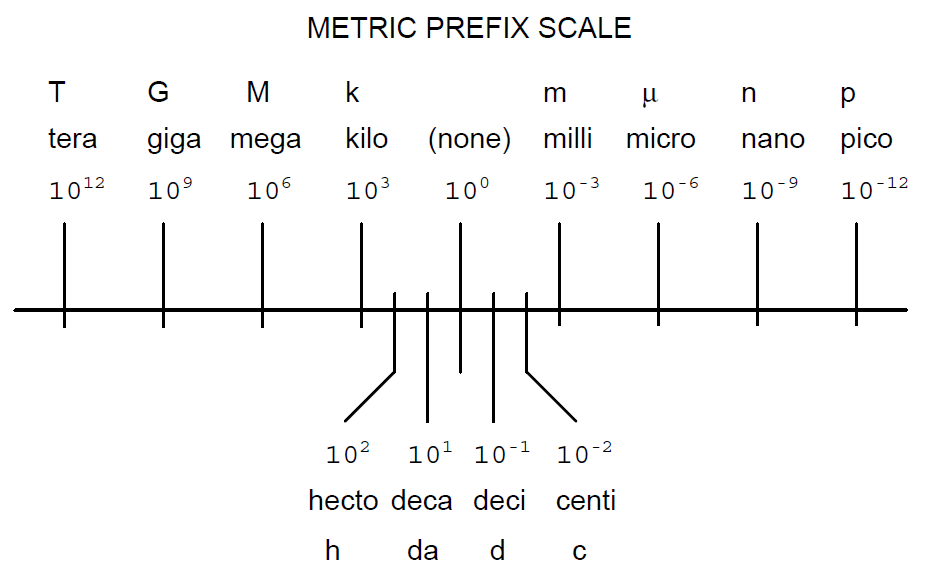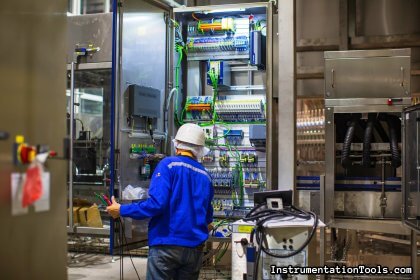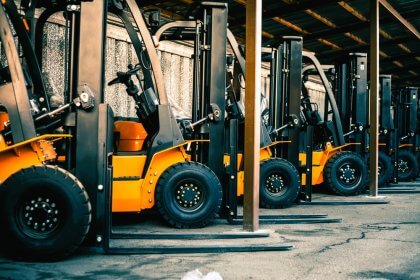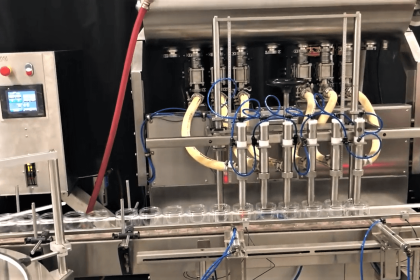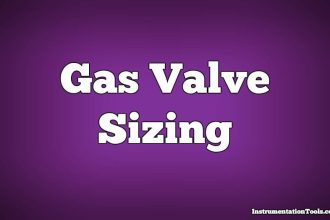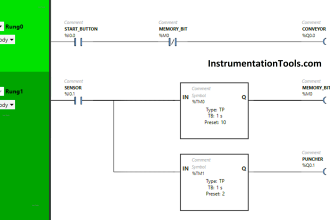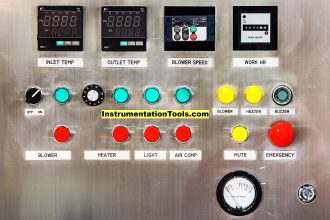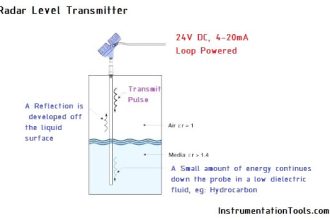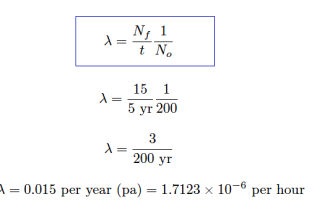Metric Prefixes
- Yotta = 1024 Symbol: Y
- Zeta = 1021 Symbol: Z
- Exa = 1018 Symbol: E
- Peta = 1015 Symbol: P
- Tera = 1012 Symbol: T
- Giga = 109 Symbol: G
- Mega = 106 Symbol: M
- Kilo = 103 Symbol: k
- Hecto = 102 Symbol: h
- Deca = 101 Symbol: da
- Deci = 10−1 Symbol: d
- Centi = 10−2 Symbol: c
- Milli = 10−3 Symbol: m
- Micro = 10−6 Symbol: μ
- Nano = 10−9 Symbol: n
- Pico = 10−12 Symbol: p
- Femto = 10−15 Symbol: f
- Atto = 10−18 Symbol: a
- Zepto = 10−21 Symbol: z
- Yocto = 10−24 Symbol: y
Unit Conversions
The below list shows conversions for different units.
Conversion factors for temperature
oF = (oC)(9/5) + 32
oC = (oF – 32)(5/9)
oR = oF + 459.67
oK = oC + 273.15
Conversion equivalencies for volume
1 US gallon (gal) = 231.0 cubic inches (in3) = 4 quarts (qt) = 8 pints (pt) = 128 fluid ounces (fl. oz.) = 3.7854 liters (l)
1 Imperial gallon (gal) = 160 fluid ounces (fl. oz.) = 4.546 liters (l)
1 milliliter (ml) = 1 cubic centimeter (cm3)
Conversion equivalencies for distance
1 inch (in) = 2.540000 centimeter (cm)
1 foot (ft) = 12 inches (in)
1 yard (yd) = 3 feet (ft)
1 mile (mi) = 5280 feet (ft)
Conversion equivalencies for velocity
1 mile per hour (mi/h) = 88 feet per minute (ft/m) = 1.46667 feet per second (ft/s) = 1.60934 kilometer per hour (km/h) = 0.44704 meter per second (m/s) = 0.868976 knot (knot—international)
Conversion equivalencies for weight
1 pound (lb) = 16 ounces (oz) = 0.45359 kilogram (kg)
Conversion equivalencies for force
1 pound-force (lbf) = 4.44822 newton (N)
Conversion equivalencies for area
1 acre = 43560 square feet (ft2) = 4840 square yards (yd2) = 4046.86 square meters (m2)
Conversion equivalencies for pressure
1 pound per square inch (psi) = 2.03603 inches of mercury (in. Hg) = 27.6807 inches of water (in. W.C.) = 6894.757 pascals (Pa) = 0.0680460 atmospheres (Atm) = 0.0689476 bar (bar)
Conversion equivalencies for energy or work
1 british thermal unit (BTU—“International Table”) = 251.996 calories (cal—“International Table”) = 1055.06 joules (J) = 1055.06 watt-seconds (W-s) = 0.293071 watt-hour (W-hr) = 1.05506 x 1010 ergs (erg) = 778.169 foot-pound-force (ft-lbf)
Conversion equivalencies for power
1 horsepower (hp—550 ft-lbf/s) = 745.7 watts (W) = 2544.43 british thermal units per hour (BTU/hr) = 0.0760181 boiler horsepower (hp—boiler)
Acceleration of gravity (free fall), Earth standard
9.806650 meters per second per second (m/s2) = 32.1740 feet per second per second (ft/s2)
Physical constants
Speed of light in a vacuum (c) = 2.9979 × 108 meters per second (m/s) = 186,281 miles per second (mi/s)
Avogadro’s number (NA) = 6.022 × 1023 per mole (mol−1)
Electronic charge (e) = 1.602 × 10−19 Coulomb (C)
Boltzmann’s constant (k) = 1.38 × 10−23 Joules per Kelvin (J/K)
Stefan-Boltzmann constant (σ) = 5.67 × 10−8 Watts per square meter-Kelvin4 (W/m2·K4)
Molar gas constant (R) = 8.314 Joules per mole-Kelvin (J/mol-K)
Properties of Water
Freezing point at sea level = 32oF = 0oC
Boiling point at sea level = 212oF = 100oC
Density of water at 4oC = 1000 kg/m3 = 1 g/cm3 = 1 kg/liter = 62.428 lb/ft3 = 1.94 slugs/ft3
Specific heat of water at 14oC = 1.00002 calories/g·oC = 1 BTU/lb·oF = 4.1869 Joules/g·oC
Specific heat of ice ≈ 0.5 calories/g·oC
Specific heat of steam ≈ 0.48 calories/g·oC
Absolute viscosity of water at 20oC = 1.0019 centipoise (cp) = 0.0010019 Pascal-seconds (Pa·s)
Surface tension of water (in contact with air) at 18oC = 73.05 dynes/cm
pH of pure water at 25o C = 7.0 (pH scale = 0 to 14)
Properties of Dry Air at sea level
Density of dry air at 20oC and 760 torr = 1.204 mg/cm3 = 1.204 kg/m3 = 0.075 lb/ft3 = 0.00235 slugs/ft3
Absolute viscosity of dry air at 20oC and 760 torr = 0.018 centipoise (cp) = 1.8 × 10−5 Pascal-seconds (Pa·s)
